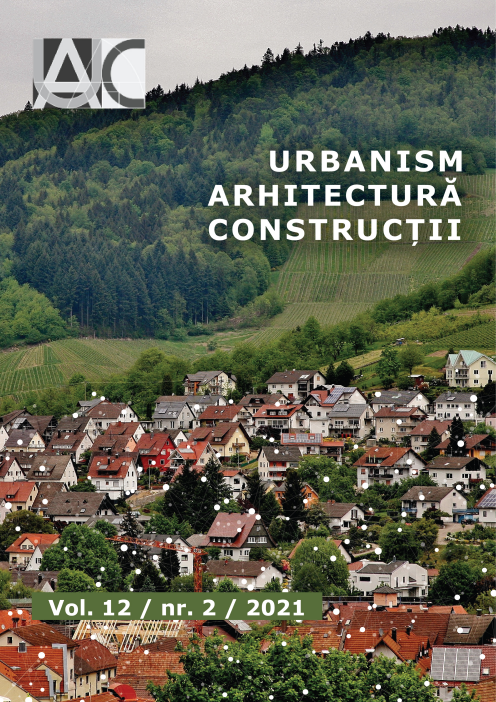A sustainable solution for prefabricated residential buildings
A sustainable solution for prefabricated residential buildings
Author(s): Cristian Petcu, Daniel Barbu-Mocănescu, Andreea Dutu (Casuta)Subject(s): Architecture
Published by: INCD URBAN-INCERC
Keywords: prefabricated building components; energy efficiency; carbon sequestration; circular economy; recycling;
Summary/Abstract: For the European Union (EU), the energy demand of the building sector is evaluated at 40% of final energy consumption. Within this, the residential sector accounts for 63% of total energy consumption. These values justify the sustained effort for increasing building energy performance and to obtain efficient building materials, designs and solutions. However, the exclusive use of conservative construction products creates further problems as they require a considerable amount of energy for production and end-of-life management, in a context where EU priority issues are an efficient post-use of building materials, preferably in a circular economy context, and moving towards “zero carbon” buildings, a concept that soon will integrate the embedded energy and CO2 emissions. Therefore, it is essential to find new ways to reduce both the embedded CO2 in building materials, as well as CO2 associated with operational energy and to facilitate the post-use integration in economy. This paper presents a sustainable solution that meets these requirements, by integrating natural resources and agriculture by-products, with minimum embedded energy, in a novel design suitable for industrialization. The model is assessed from the point of view of the building energy demand and compared with a conventional unit using same architecture.
Journal: Urbanism. Arhitectură. Construcţii
- Issue Year: 12/2021
- Issue No: 2
- Page Range: 145-154
- Page Count: 10
- Language: English

